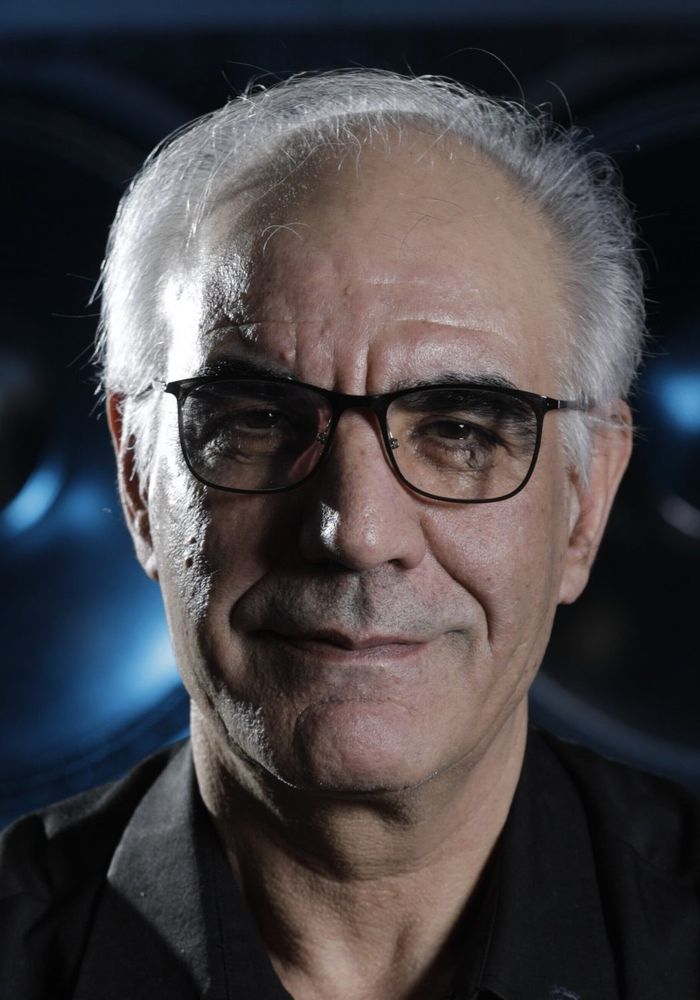Genelec managing director Siamäk Naghian has spoken to Headliner about the evolution of consumer buying habits and the rise and rise of immersive technology across the pro audio sector.
In a wide-ranging interview, Naghian offers some unique insights into how the Finnish company has fared during the pandemic, exploring the trends that continue to shape both the professional and home studio market.
Naghian also discusses the ever-growing demand for immersive products, as well as the 15th anniversary of Genelec’s GLM game-changing room calibration software…
Thank you very much for joining us, Siamäk. Let’s start by rewinding 18 months. What was Genelec’s plan of action when the severity of the Covid pandemic first started to reveal itself?
Well, it was a very strange situation for everyone, but we can divide things into two parts – what we did before Covid and what we have done since. We have always had a company strategy and philosophy that is centred around long-term thinking. Our investment was always related to R&D, manufacturing, building long-term relationships with suppliers and partners. That has always been at the core of Genelec, and that long-term thinking has helped a lot during the crisis.
But then we faced a situation where, at the beginning of 2020, we started having issues in China, because we have our daughter company working as a distributor there in terms of marketing and sales. I was very close to them, and I started to realise something very strange was happening. Then in February we had to close the office and work remotely. So, I was thinking about what we would do if this is going to be a global situation. Very quickly we started planning and preparing for what was happening in China all over the world. We started looking at how we could change operations very early on.
For the past five or six years we have been doing a lot of work on digital content and really invested in that. In terms of shows, we quickly realised physical events would not be possible, so we started to look at options and alternatives, thinking about digital platforms for supporting customers. We tried to make sure we maintained that connection with people and gave them the same support. Before Covid, people were already producing, releasing, distributing their music digitally from home, but the pandemic accelerated that process. We had initiated this pro-at-home concept, but what was a surprise was that we suddenly had more demand for our products.
What were some of the key trends you noticed during this period?
The demand for smaller products has been very strong. Our products can now be used with active technology, so you don’t need anything else. Another thing, which is not necessarily connected to Covid, is the growth in popularity of immersive products. On the music production side, people are more and more interested in immersive setups, which is a positive thing for companies like us.
As things return to some kind of normality, do you see those trends changing?
We have been thinking about this a lot. There are certain trends in production and immersive sound that are there and will be there after Covid. I believe they will be even stronger, so I don’t expect there to be a significant decline in demand for products. But at the same time, during Covid people have had more experience with quality audio, so I don’t think they will want to give that up. Of course, as people start spending money on going out and other things, there will be an impact when it comes to people buying audio products, but the trends for music production are so huge that I don’t think the change will be drastic.




